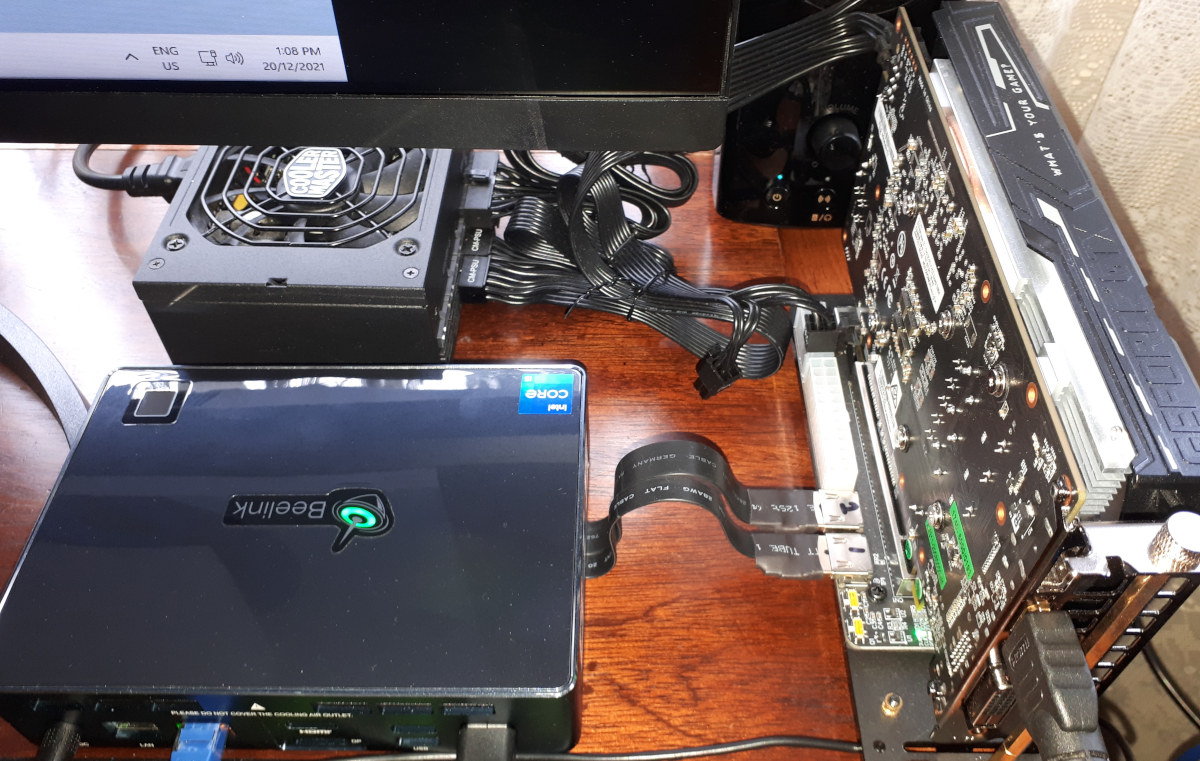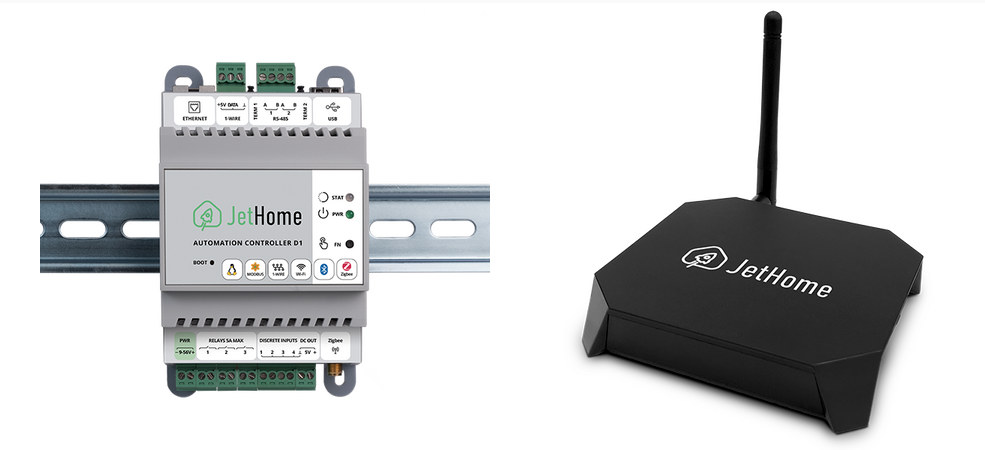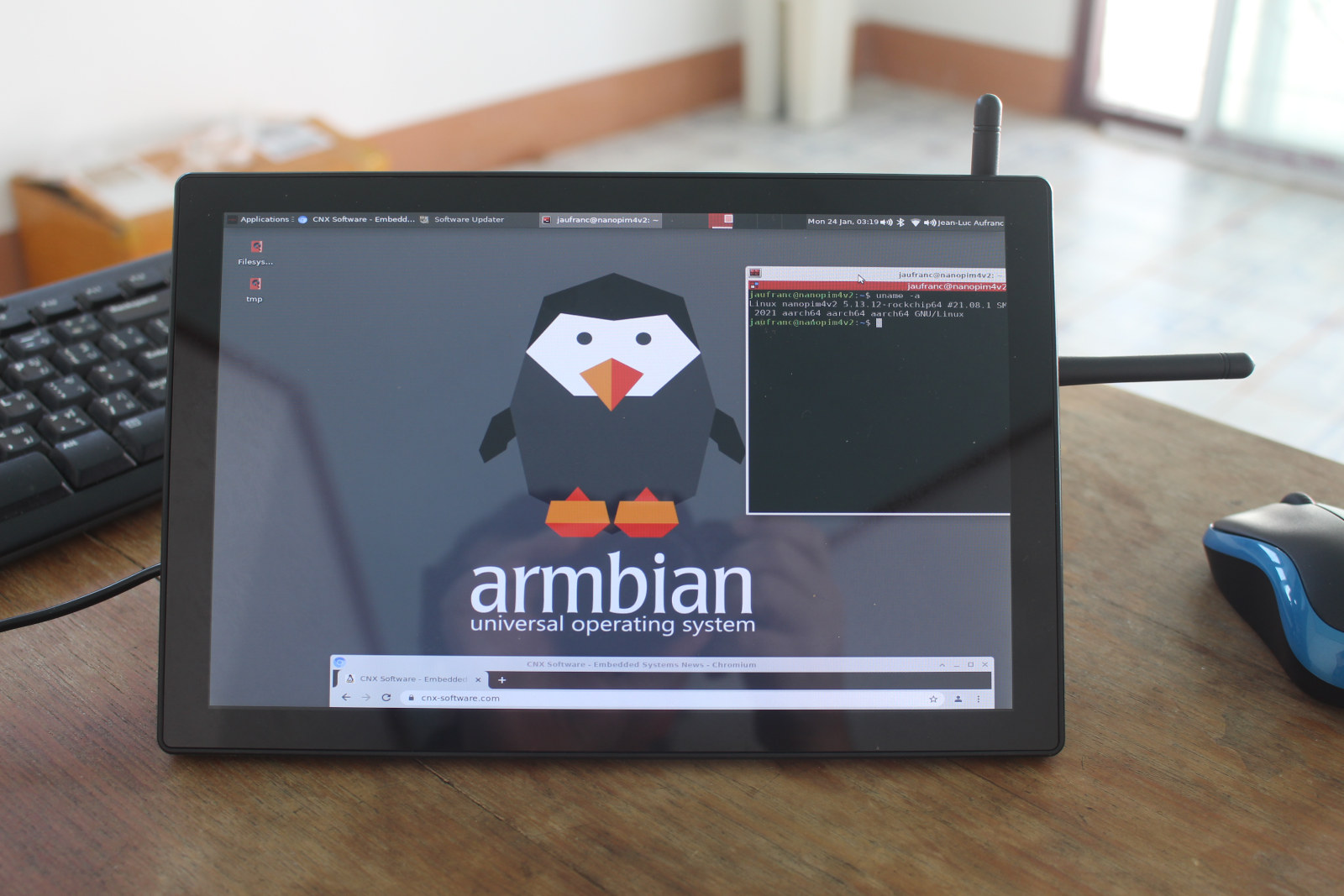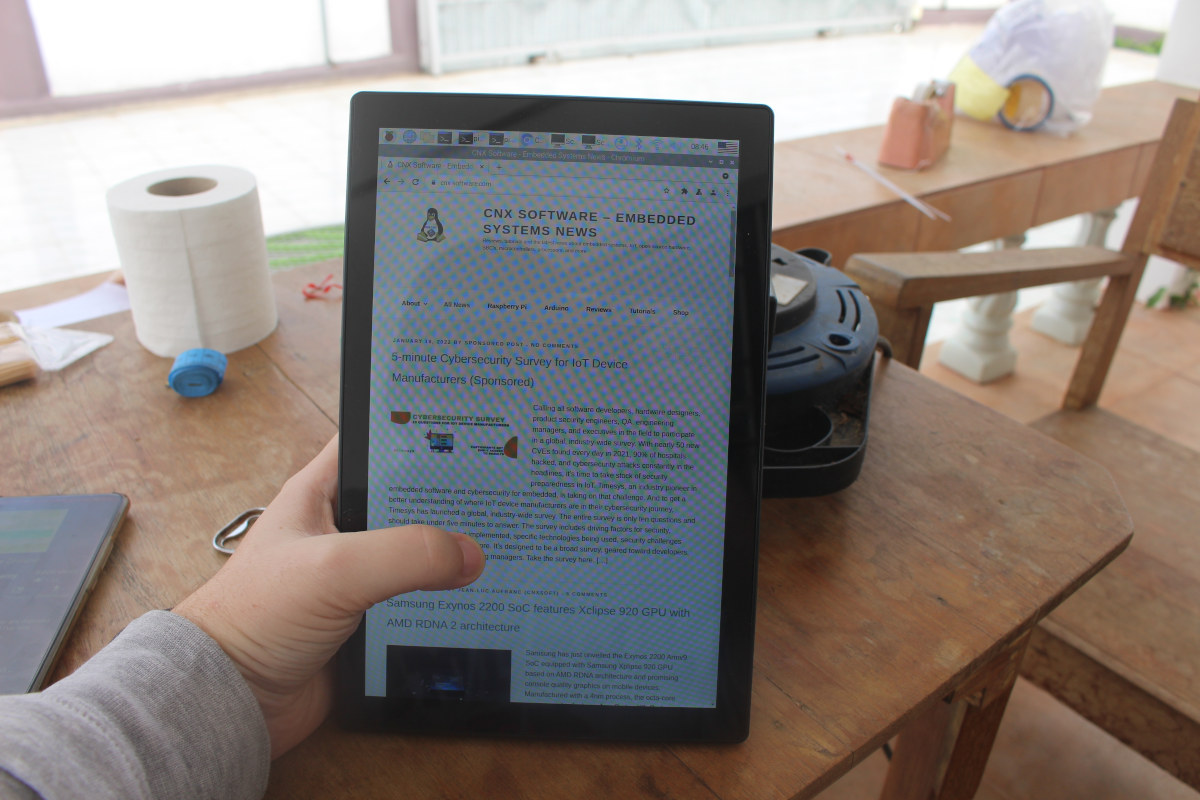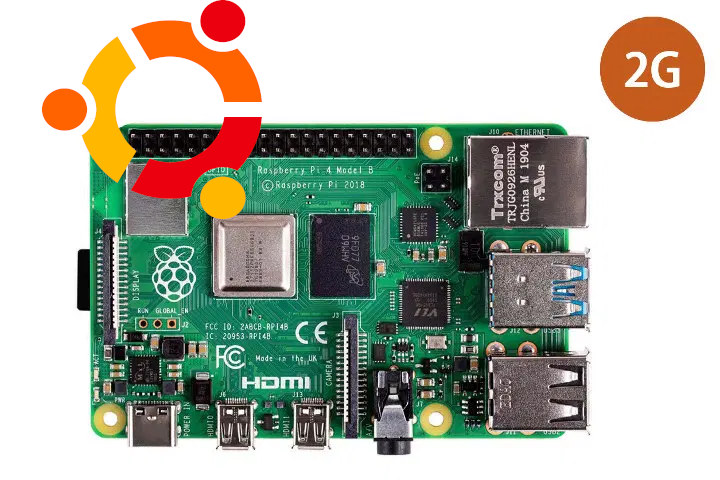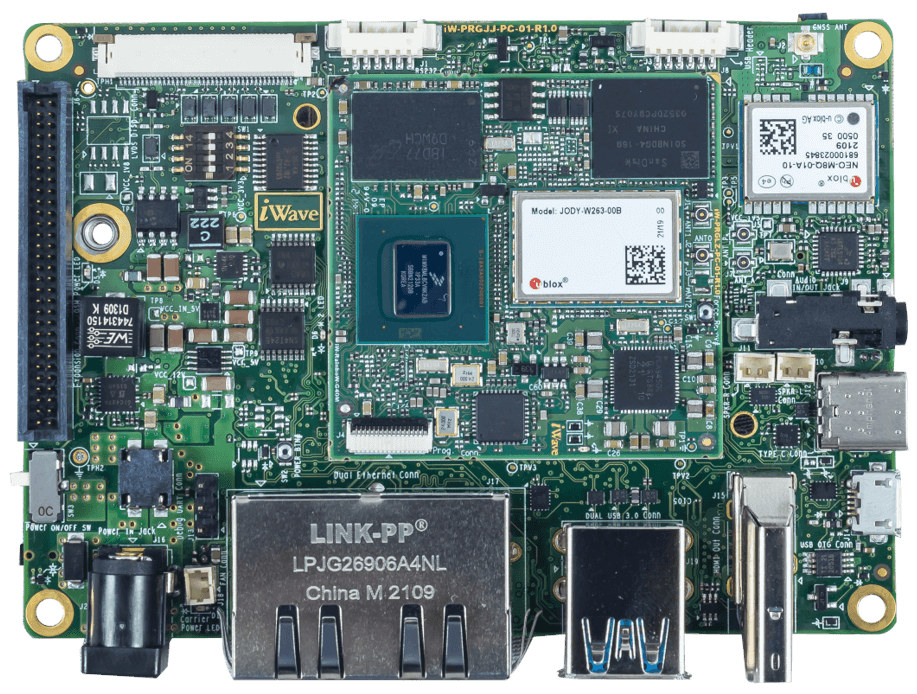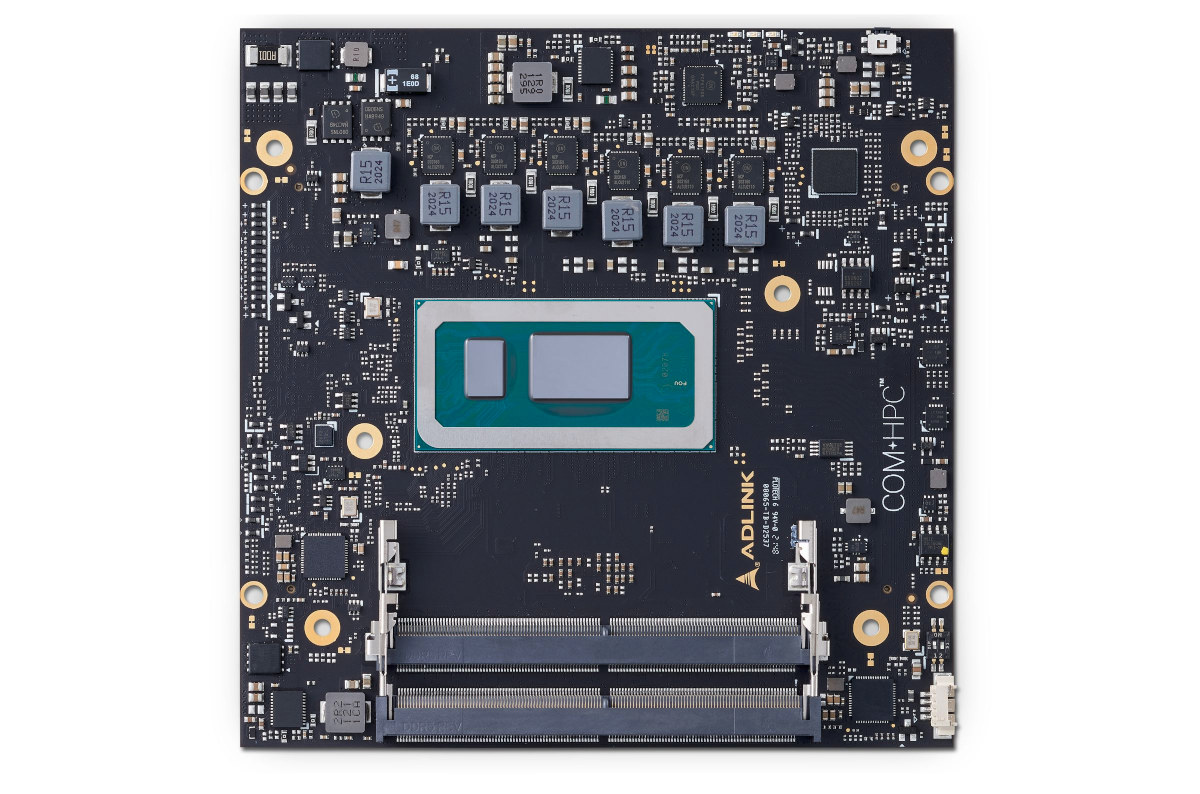Previously I reviewed Beelink’s new GTi11 Intel Tiger Lake mini PC running Windows 11 and Ubuntu 20.04, so in this final part of the review, I’ll cover in more detail some of the features only briefly highlighted before. Specifically, I’m going to look at the PCIe Gen 4.0 M.2 slot, dabble in ‘overclocking’ and explore eGPU options. Hardware Recap The GTi11 is a 168 x 120 x 39mm (6.61 x 4.72 x 1.54 inches) actively cooled mini PC and the review model has an i5-1135G7 Intel Tiger Lake quad-core 8-thread 2.50 GHz Core processor boosting to 4.20 GHz with Intel’s Xe Graphics. The review model also included a 500GB M.2 2280 NVMe PCIe Gen 3.0 SSD drive with Windows 10 Pro installed, two sticks of 8GB DDR4 3200 MHz memory, a soldered WiFi 6 (or 802.11ax) Intel AX201 chip, and dual 2.5Gb Ethernet ports. Interestingly there are another two key […]
JetHome JetHub D1 is a Linux automation controller based on Amlogic A113X SoC
I discovered JetHome Jethub D1 and Jethub H1 Linux automation controller based on respectively Amlogic A113X and S905X SoCs in Linux 5.16 changelog, as both platforms got upstreamed to mainline Linux. I had never heard of JetHome, a Russian company based in St. Petersburg, nor their products before. Both Jethub D1 & H1 will run either an Armbian-built Ubuntu operating system or Home Assistant Operating System (formerly HassOS), and support Home Assistant (Z2M), Home Assistant (ZHA), and ZIgbee2MQTT. Jethub H1 looks like a TV box with a Zigbee module, while Jethub D1 is a DIN Rail automation controller with plenty of I/Os. Let’s focus on the latter. JetHub D1 specifications: SoC – Amlogic A113x quad-core Cortex A53 processor @ up to 1.5 GHz System Memory / Storage configurations 512MB RAM and 8 GB flash 1GB RAM and 16 GB eMMC flash Connectivity 10/100M Ethernet RJ45 port Dual-band WiFi 5 and […]
Building a NanoPi M4V2 based All-in-One Linux PC running Armbian (Ubuntu/Debian)
At the end of my review of “RPI All-in-One” PC with Raspberry Pi 4, I noted the system also appeared to be compatible with NanoPi M4V2 single board computer. I’ve now tried it out, and assembling the board inside the 10.1-inch display is even easier than I initially thought. That means I now have a NanoPi M4V2 All-in-One PC running Ubuntu Hirsute or Debian Buster with XFCE desktop environment from Armbian, and most features work including the display and wireless connectivity, but I still have an issue with the touchscreen function. Here are the steps I followed initially: Download Armbian Buster XFCE image from Armbian and flash it to a microSD card with tools like USBimager. Insert the microSD card in the board Install the USB Type-C and HDMI-A adapters in the display. Insert the USB Type-C and HDMI port of the NanoPi M4V2 SBC into the adapters Install the […]
Radxa E25 carrier board, 2.5GbE switch, and WiFi 6 router
I’ve just received an early sample of Radxa E25 dual 2.5 GbE carrier board for Radxa CM3 Plus (RK3568) system-on-module, a 2.5GbE TP-Link switch, and Xiaomi AX6000 WiFi 6 + 2.5GbE router. Here’s the back story before looking into the devices. I’ll soon have to review UP Xtreme i11 mini PC with a 2.5GbE port, and after writing about the upcoming ROCK5 Model B SBC with both 2.5GbE and WiFI 6/6E, I realized I should really get some hardware to test 2.5GHz and WiFi 6. So I started to ask what could be the best options for a $200 budget. While thinking about it, I remember Radxa was working on the Radxa E23 board with 2.5GbE, and adding a WiFi 6 USB dongle might be an option. But they told me Radxa E25 would be a better option with two 2.5GbE ports and support for WiFi 6, although that one […]
10.1-inch RPI All-in-One PC review with Raspberry Pi 4
A couple of months ago I received “RPI All-in-One”, a 10.1-inch touchscreen display for Raspberry Pi boards, listed the specifications, checked out the package content, installed a Raspberry Pi 4 inside the display before booting my new all-in-one (AiO) PC successfully. I’ve now had time to spend more time with the PC/display and see how it performs under various conditions. I also tested HDMI and USB-C input features with a laptop and mini PC. Fan or fanless operation? After updating Raspberry Pi OS, I ran sbc-bench.sh script together with rpi-monitor to see how the Raspberry Pi 4 with 1GB RAM would perform under load with the (noisy) fan enabled.
|
1 2 3 4 5 6 7 8 9 10 11 12 13 14 15 16 17 18 19 20 21 22 23 24 25 26 27 28 29 30 31 32 33 34 35 36 37 38 39 40 41 42 43 44 45 46 47 |
sbc-bench v0.9.1 Installing needed tools. This may take some time. Done. Checking cpufreq OPP. Done (results will be available in 11-15 minutes). Executing tinymembench. Done. Executing OpenSSL benchmark. Done. Executing 7-zip benchmark. Done. Checking cpufreq OPP. Done (17 minutes elapsed). perl: warning: Setting locale failed. perl: warning: Please check that your locale settings: LANGUAGE = (unset), LC_ALL = (unset), LC_ADDRESS = "en_GB.UTF-8", LC_NAME = "en_GB.UTF-8", LC_MONETARY = "en_GB.UTF-8", LC_PAPER = "en_GB.UTF-8", LC_IDENTIFICATION = "en_GB.UTF-8", LC_TELEPHONE = "en_GB.UTF-8", LC_MEASUREMENT = "en_GB.UTF-8", LC_TIME = "en_GB.UTF-8", LC_NUMERIC = "en_GB.UTF-8", LANG = (unset) are supported and installed on your system. perl: warning: Falling back to the standard locale ("C"). It seems neither throttling nor frequency capping has occured. Memory performance: memcpy: 2595.9 MB/s (0.8%) memset: 3398.3 MB/s (2.7%) 7-zip total scores (3 consecutive runs): 5556,5650,5565 OpenSSL results: type 16 bytes 64 bytes 256 bytes 1024 bytes 8192 bytes 16384 bytes aes-128-cbc 61981.49k 76335.40k 82773.25k 84199.42k 84355.75k 84393.98k aes-128-cbc 62224.25k 76254.36k 82779.39k 84461.91k 84757.16k 84825.43k aes-192-cbc 55900.34k 67052.89k 71500.80k 73121.11k 73362.09k 73203.71k aes-192-cbc 55869.41k 66963.52k 71835.14k 72934.74k 73471.32k 73465.86k aes-256-cbc 50541.63k 59834.26k 63387.14k 64413.70k 64634.88k 64760.49k aes-256-cbc 50646.47k 59735.02k 63384.92k 64461.14k 64648.53k 64629.42k Full results uploaded to http://ix.io/3MfY. In case this device is not already represented in official sbc-bench results list then please consider submitting it at https://github.com/ThomasKaiser/sbc-bench/issues with this line: | RPi 4 Model B Rev 1.1 / BCM2711 rev B0 | 1500 MHz | 5.10 | Bullseye armhf | 5590 | 62100 | 64690 | 2600 | 3400 | - | [http://ix.io/3MfY](http://ix.io/3MfY) | |
No throttling was detected, and the temperature never exceeded 56°C in a room with an ambient temperature of 26°C. I then disconnect the fan, but it turns out the fan can also be easily disabled in the OSD menu […]
Ubuntu 22.04 LTS to leverage zswap to run on Raspberry Pi 4 with 2GB RAM
Canonical used to recommend Raspberry Pi 4 with at least 4GB RAM to run Ubuntu Desktop, but Ubuntu 22.04 LTS should run more smoothly on the Raspberry Pi 4 2GB as the company has enabled zswap by default to allow the Linux operating system to run better on systems with less memory. Canonical explains that zswap is essentially a compression tool. When a process is about to be moved to the swap file, zswap compresses it and checks whether the new, smaller size still needs to be moved or if it can stay in your RAM. It is much quicker to decompress a ‘zswapped’ page than it is to access the swap file so this is a great way of getting more bang for your buck from systems with smaller amounts of RAM. The good news is that you don’t even need to wait for Ubuntu 22.04 LTS to come […]
i.MX 8M Plus solderable LGA module follows OSM Size-L standard
SGET Open Standard Module (OSM) specification was ratified in November 2020. It defined specifications for solderable LGA system-on-modules, and we first noticed it though through the launch of F&S Elektronik “FS 8MM OSM-SF” module powered by an NXP i.MX 8M Mini processor, and following OSM Size-S standard (30x30mm). As we noted in our introduction about the Open Standard Module, SGET defined four sizes from Size-0 (30x15mm) to Size-L (45x45mm), and there’s now at least one “Large” OSM module courtesy of iWave Systems, and their iW-RainboW-G40M module equipped with an NXP i.MX 8M Plus processor for AI applications. iW-RainboW-G40M specifications: SoC- NXP i.MX 8M Plus Q/QL/D quad-/dual-core Cortex-A53 processor up to 2.0 GHz, with Arm Cortex-M7 real-time core @ 800 MHz, Vivante GC7000UL 3D GPU, Vivante GC520L 2D GPU, 2.3 TOPS NPU System Memory – Up to 8GB LPDDR4 Memory Storage – Up to 256GB eMMC flash Wireless – 802.11a/b/g/n/ac/ax Wi-Fi […]
COM-HPC and COM Express Type 6 modules feature Alder Lake-H mobile IoT processor
We’ve written about the new Intel Alder Lake IoT processors announced right before CES 2022, and the first embedded platforms are starting to show up starting with COM-HPC and COM Express Type 6 modules from ADLink Technology powered by the 35/45W Alder Lake-H mobile IoT processor family. Express-ADP is a COM Express Basic Size Type 6 module, while COM-HPC-cADP is a COM-HPC Client Type Size B module. Both are designed for stationary, mobile, and portable solutions with typical applications including ultrasound, test and measurement, industrial edge servers, machine vision, mammography, surgical robots, security or perimeter tracking, and access control. Alder Lake-H COM Express / COM-HPC module Besides the form factor, both modules will have very similar specifications. Here are Express-ADP specifications: SoC (12th Gen Intel Core Alder Lake-H) Intel Core i7-12800HE 14-core (6P+8E), 20-thread processor @ up to 4.6 GHz with 24 MB cache, Intel Xe GPU, 45W TDP (35W […]


